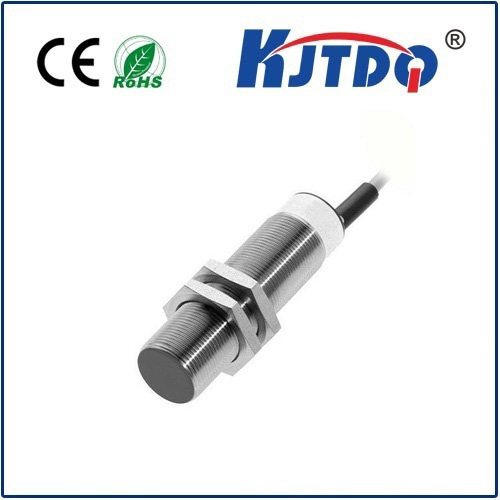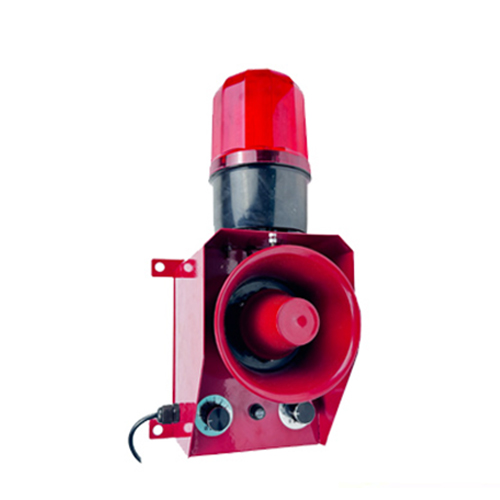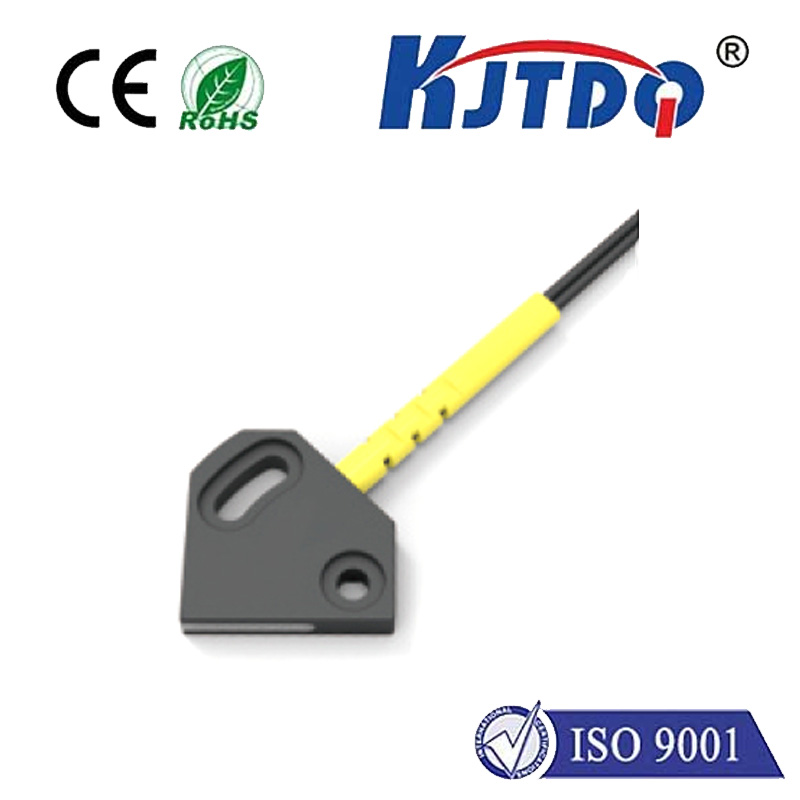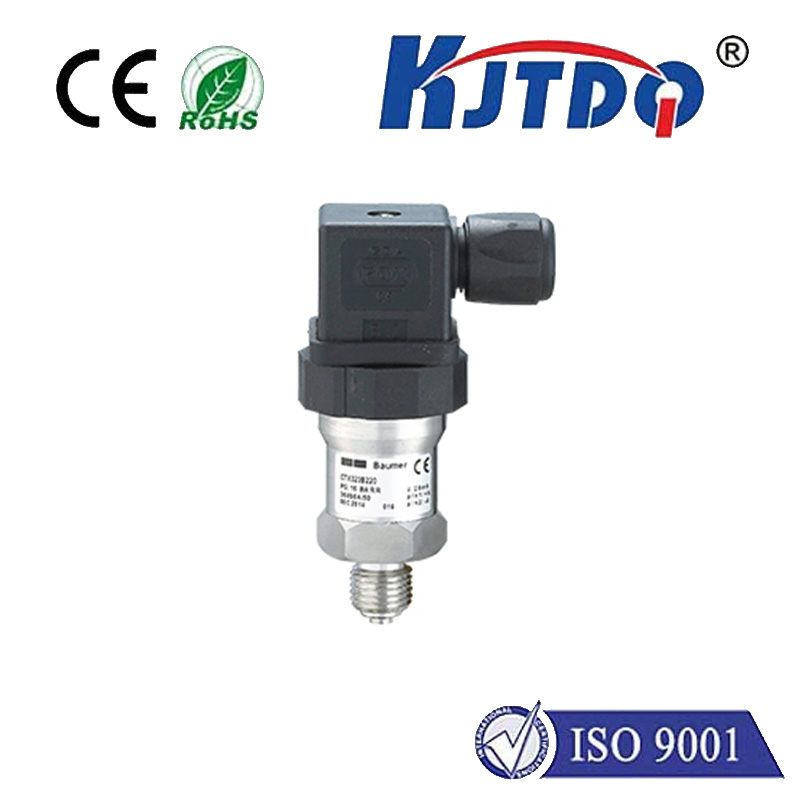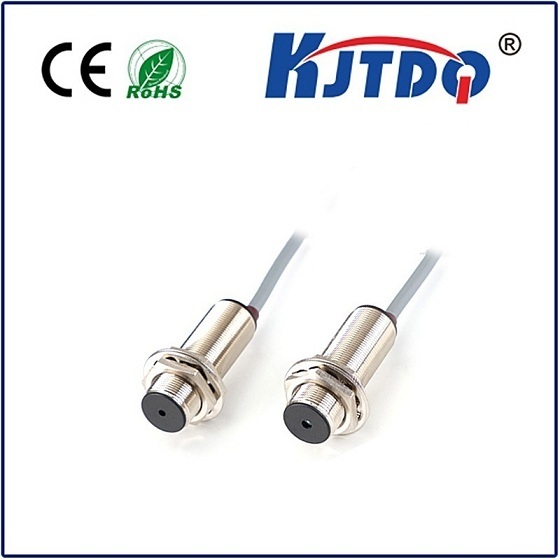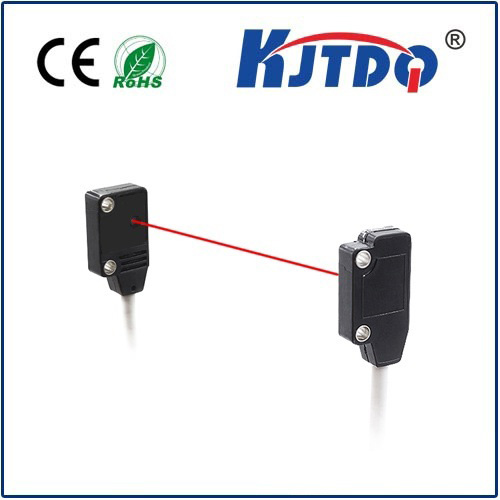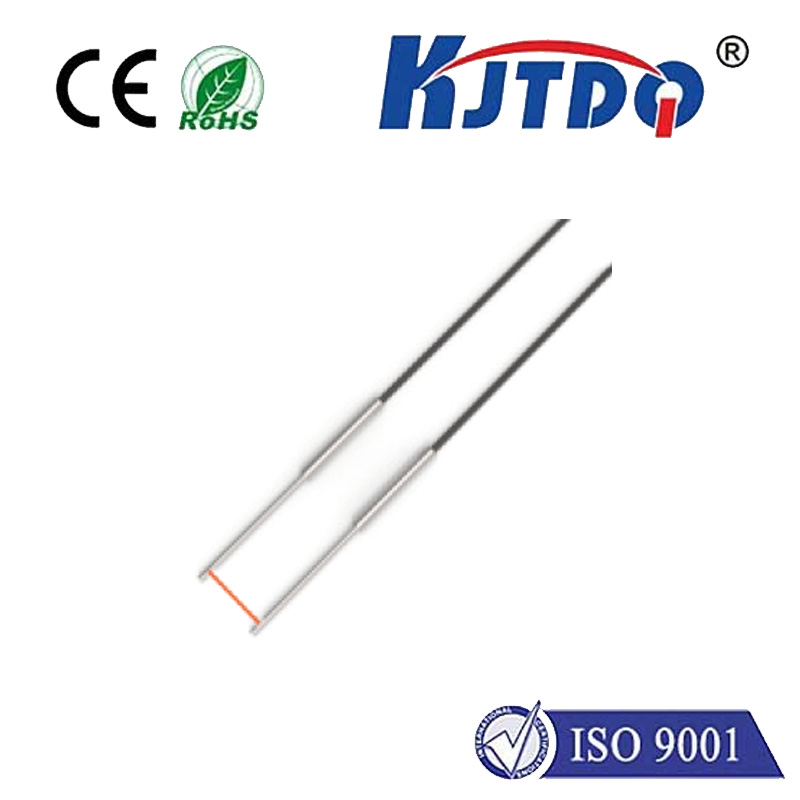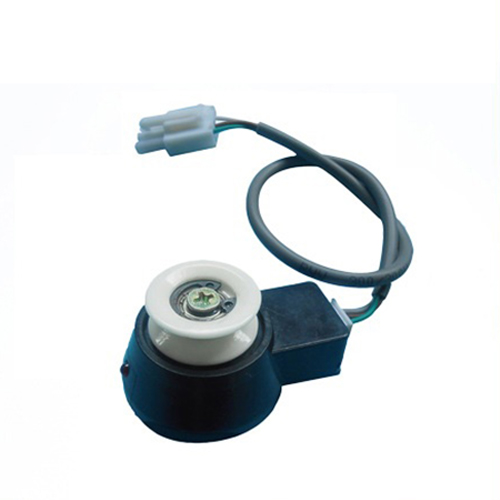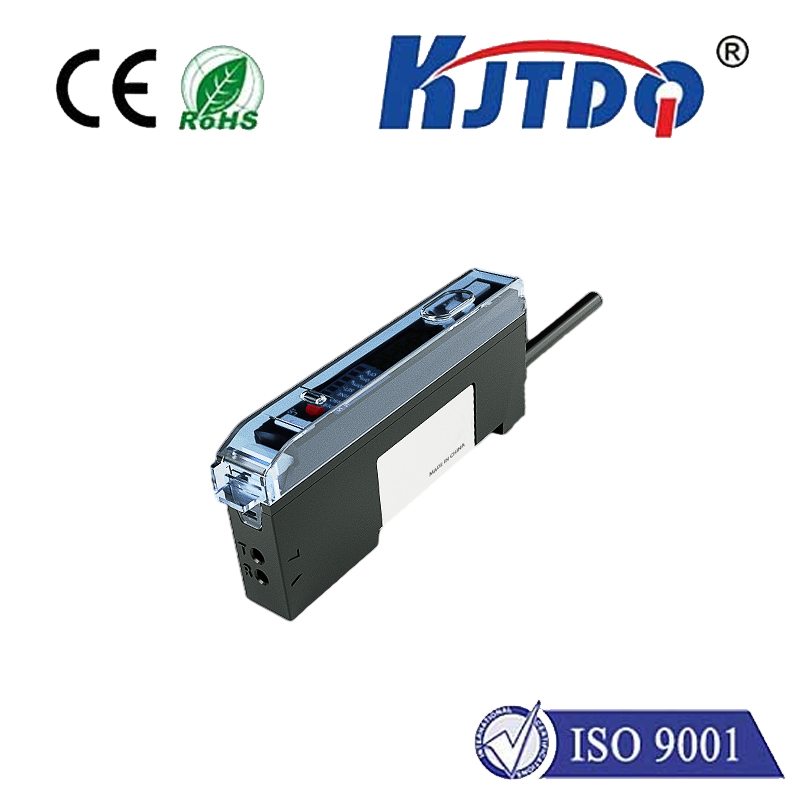optical sensor in plc
- time:2025-08-16 02:57:19
- Нажмите:0
Light-Sensing Revolution: How Optical Sensors Supercharge PLC Automation
Imagine a factory line humming along. Bottles zip past, filled to precise levels. Packages are perfectly sealed and sorted. Metal components are inspected flawlessly at blinding speed. This level of precision and efficiency isn’t magic; it’s the silent, tireless work of optical sensors seamlessly integrated with the brains of industrial control – the Programmable Logic Controller (PLC). This powerful duo forms the bedrock of modern automation, transforming light into actionable intelligence for smarter, safer, and more productive operations.
Understanding the Core Components: PLCs and Optical Sensors
- The PLC: Think of the PLC as the industrial central nervous system. It’s a ruggedized computer programmed to monitor inputs from various sensors, execute logical control sequences based on that input data, and command outputs (like motors, valves, or alarms) to automate machinery and processes reliably, 24⁄7.
- The Optical Sensor: These are the PLC’s “eyes.” They use light – typically infrared, visible red, or laser – to detect the presence, absence, position, color, or surface characteristics of objects without physical contact. The core principle involves emitting a light beam and analyzing the received light (either reflected back or interrupted) to determine a target’s status.
Bridging the Gap: Why Optical Sensors are Vital PLC Inputs
Optical sensors act as the critical interface between the physical world and the PLC’s digital logic. They translate real-world events (an object passing, a label present, a door open) into the discrete electrical signals (ON/OFF, 0/1) that the PLC understands. This input data is the essential fuel for the PLC’s decision-making processes.
Key Optical Sensor Technologies Empowering PLCs
Several types of optical sensors are commonly deployed in PLC systems, each suited to specific tasks:
- Photoelectric Sensors: The workhorses of presence detection.
- Through-Beam: Features separate, aligned emitter and receiver units. Offers the longest sensing range and highest reliability. Detection occurs when an object breaks the beam.
- Retroreflective: Emitter and receiver are housed together, using a reflector. Detection occurs when an object blocks the reflected beam. Simpler alignment than through-beam.
- Diffuse (Proximity): Emitter and receiver are together. Relies on light reflected directly off the target object. Most compact and easiest to install, but range and reliability can be affected by target color/surface.
Fiber Optic Sensors: Use flexible fiber optic cables to channel light from a remote amplifier (connected to the PLC) to the sensing point. Ideal for tight spaces, high temperatures, or areas requiring electrical isolation. The amplifier handles the signal processing and PLC interfacing.

Color Sensors: Detect specific colors or color contrasts. Crucial for tasks like verifying label colors, sorting objects by color, or checking product markings. They provide more sophisticated data than simple presence/absence.
Luminescence Sensors: Detect materials that glow (fluoresce) under specific light wavelengths (usually UV). Used in specialized applications like verifying security marks or detecting specific materials.
Seamless Integration: Connecting Sensors to PLCs
For an optical sensor to communicate with a PLC, a physical and logical connection is established:
- Physical Wiring: The sensor’s output signal (usually a discrete NPN or PNP transistor switching a DC voltage) connects to one of the PLC’s discrete input modules. Wiring must match the PLC input type (sinking/sourcing) and voltage.
- PLC Input Addressing: The specific physical input terminal the sensor connects to is assigned a unique address within the PLC’s memory (e.g.,
I0.1).
- Logic Programming: The PLC programmer uses this input address (e.g.,
I0.1) within the control program (typically ladder logic, function block diagram, etc.). When the sensor detects a target, its output activates, changing the state of its PLC input address from OFF (0) to ON (1). The PLC program scans this input state continuously and executes logic accordingly (e.g., “IF Sensor_I0.1 = ON THEN Start Conveyor”).
The Power Unleashed: Applications in PLC Automation
The synergy of optical sensors and PLCs enables countless applications:
- Object Presence/Absence Detection: Confirming parts are present for assembly, bottles are filled before capping, or packages are on a conveyor.
- Precise Positioning: Triggering actions based on an object’s position (e.g., stopping a conveyor when a box reaches the precise spot for labeling).
- Counting & Inventory: Keeping track of products passing a point on a line or items entering/leaving storage.
- Level Detection: Monitoring fill levels in tanks or bins (using sensors aimed across the container).
- Web/Break Detection: Ensuring continuous material flow (paper, plastic film, textiles) and stopping machinery if a break occurs.
- Sorting & Verification: Identifying objects by color, shape (using contrast sensors), or presence of specific features/markings.
- Safety: Acting as part of safety light curtains or area guards to detect personnel entry into hazardous zones (signaling the PLC to halt machinery).
- Edge Guiding: Ensuring material webs stay aligned during processing.
Crucial Advantages Driving Adoption
Integrating optical sensors with PLCs offers compelling benefits:
- Non-contact Sensing: Eliminates wear and tear on both the sensor and the target object, leading to significantly longer lifespan and reduced maintenance costs compared to mechanical switches.
- High Speed & Precision: Capable of detecting small objects or rapid movements with millisecond response times, essential for modern high-speed production lines.
- Многогранность: Wide range of sensor types and configurations to handle diverse targets (solid, liquid, transparent, opaque, shiny, matte) and challenging environments (dust, moisture - with appropriate IP ratings).
- Reliability: Proven technology offering robust performance in demanding industrial settings when selected and installed correctly.
- Flexible Control: Enables complex, adaptive automation sequences within the PLC based on real-time sensor feedback.
Implementation Considerations: Maximizing Success
To harness the full potential:
- Sensor Selection: Match the sensor type (through-beam, diffuse, etc.), sensing range, light source, and environmental rating (IP, temperature) precisely to the application.
- Target Characteristics: Understand how the target object’s color, reflectivity, transparency, and size impact sensor choice and setup.
- Environmental Factors: Account for ambient light (use sensors with modulation/background suppression), dust, fog, vibration, and temperature extremes.
- Mounting & Alignment: Ensure stable mounting and precise alignment (especially for through-beam and retroreflective) for reliable operation. Misalignment is a frequent cause of failure.
- PLC Programming: Utilize the sensor input effectively within the PLC logic. Implement debounce timers if needed to handle signal chatter. Leverage PLC capabilities for diagnostics and fault detection based on sensor status.
The Future is Bright: Evolving Capabilities
The integration continues to evolve. Smart sensors featuring integrated IO-Link communication provide more than just ON/OFF signals. They can transmit diagnostic data (lens contamination, temperature), allow remote parameter setting (sensitivity, light intensity), and enable predictive maintenance, further enhancing the intelligence and flexibility of PLC-controlled systems. Vision sensors, essentially sophisticated optical systems often interfacing directly with PLCs or dedicated controllers, are also blurring the lines, providing complex inspection capabilities.
From the simplest presence check to intricate color sorting and safety monitoring







